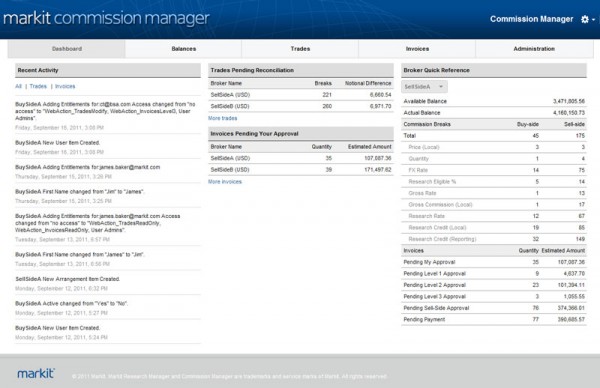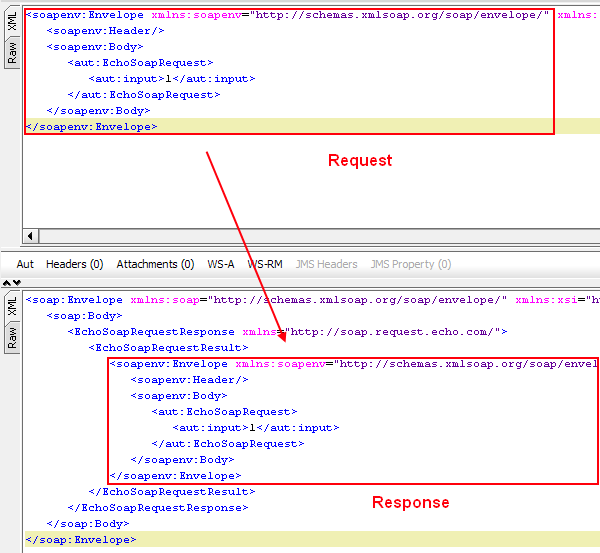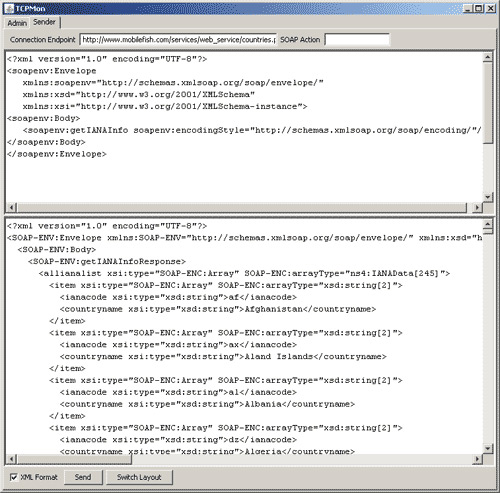Commission Manager is a trade reconciliation tool enabling brokers and funds in the worlds largest financial institutions to settle their commission differences.
The Project
The project involved a standardized platform to aggregate and manage trade information, commission balances and vendor invoices and payments.
Functionality
Markit Commission Manager enables users to reconcile their trading commissions with multiple counterparties and then instruct those counterparties to pay for research and brokerage services – all from a single platform. This efficient workflow eases the administrative burden of managing multiple commission arrangements.
The functionality is centered around trade reconciliation, raising of invoices and managing balance differences.
- Detailed reporting of balance, trade and invoice information
- Efficient tools to manage and highlight trade breaks
- Administrative configurations for new users, tolerance levels, and arrangements
- Compliance tracking of interactions within the Commission Manager system
Business Partner Integration
In addition, it was necessary to provide systems integration with all broker-dealers that were involved in the project.
Comments on the Commission Manager platform
 Sofia Rossato – Head of Markit Research Manager at Markit
Sofia Rossato – Head of Markit Research Manager at Markit
 Frank Volino – Head of Global Commission Management Services at Citi
Frank Volino – Head of Global Commission Management Services at Citi
Commission Manager in the News
07 Oct 2011
Markit launches commission management platform
http://www.bankingtech.com/bankingtech/article.do?articleid=20000213861
04 Oct 2011
Broker-Dealers Fund Markit’s New Commission Management Platform
http://www.securitiestechnologymonitor.com/news/markit-brokers-commission-29174-1.html


















